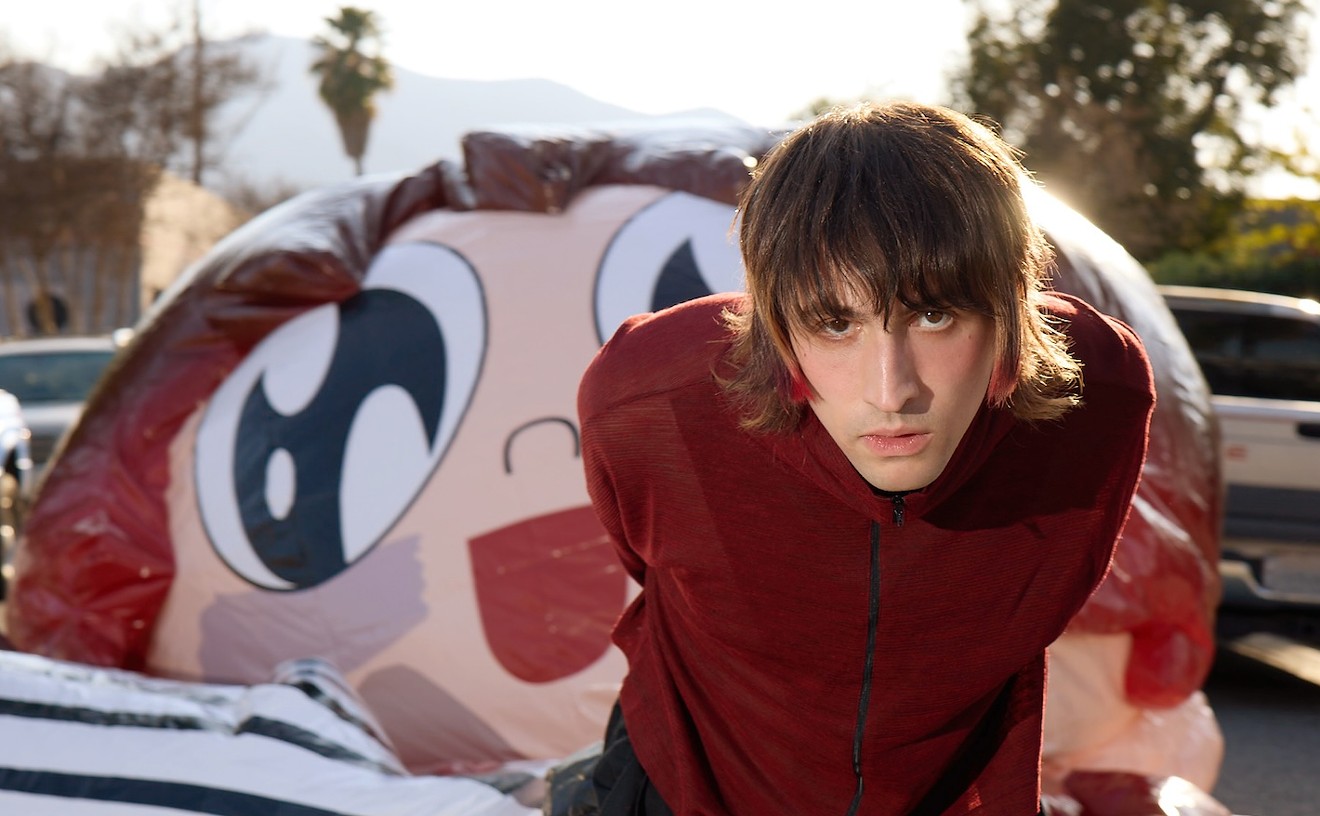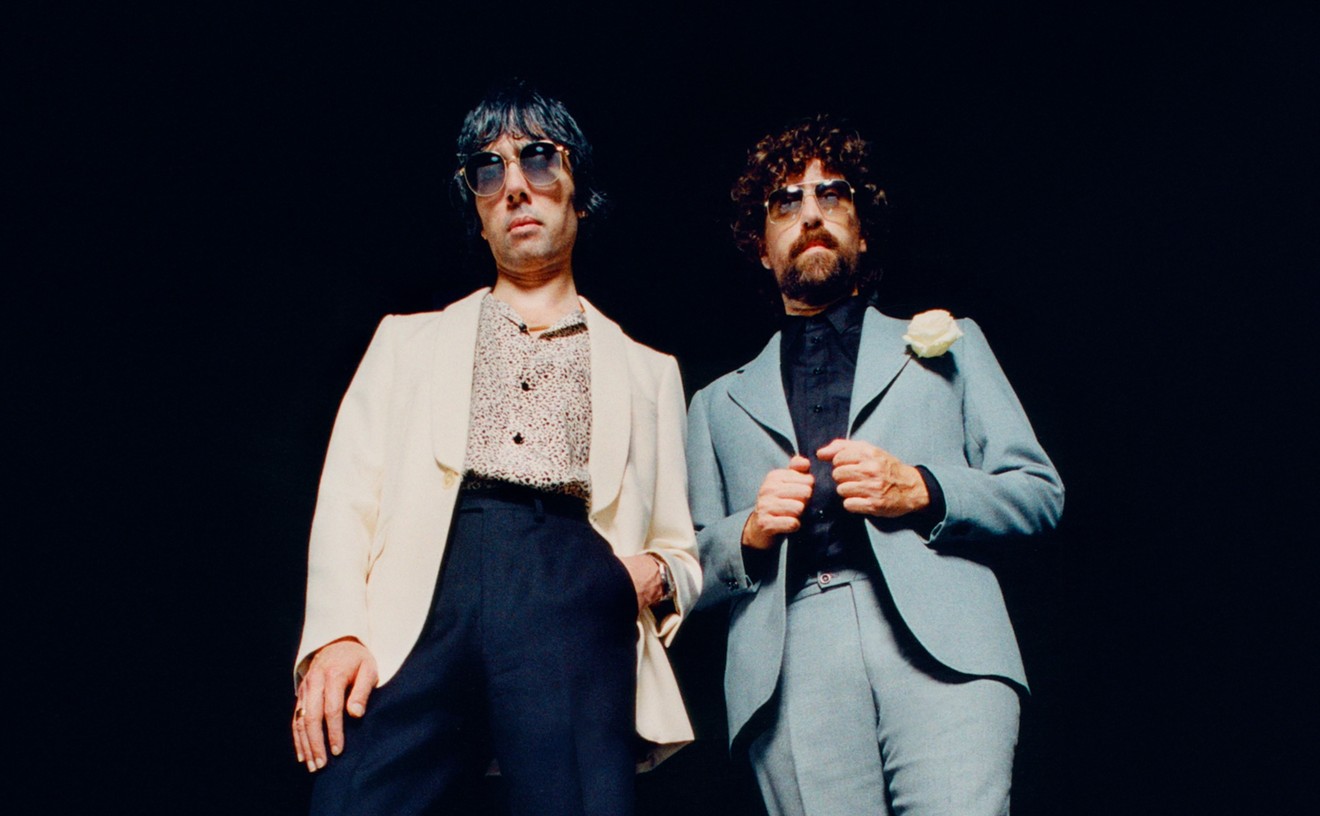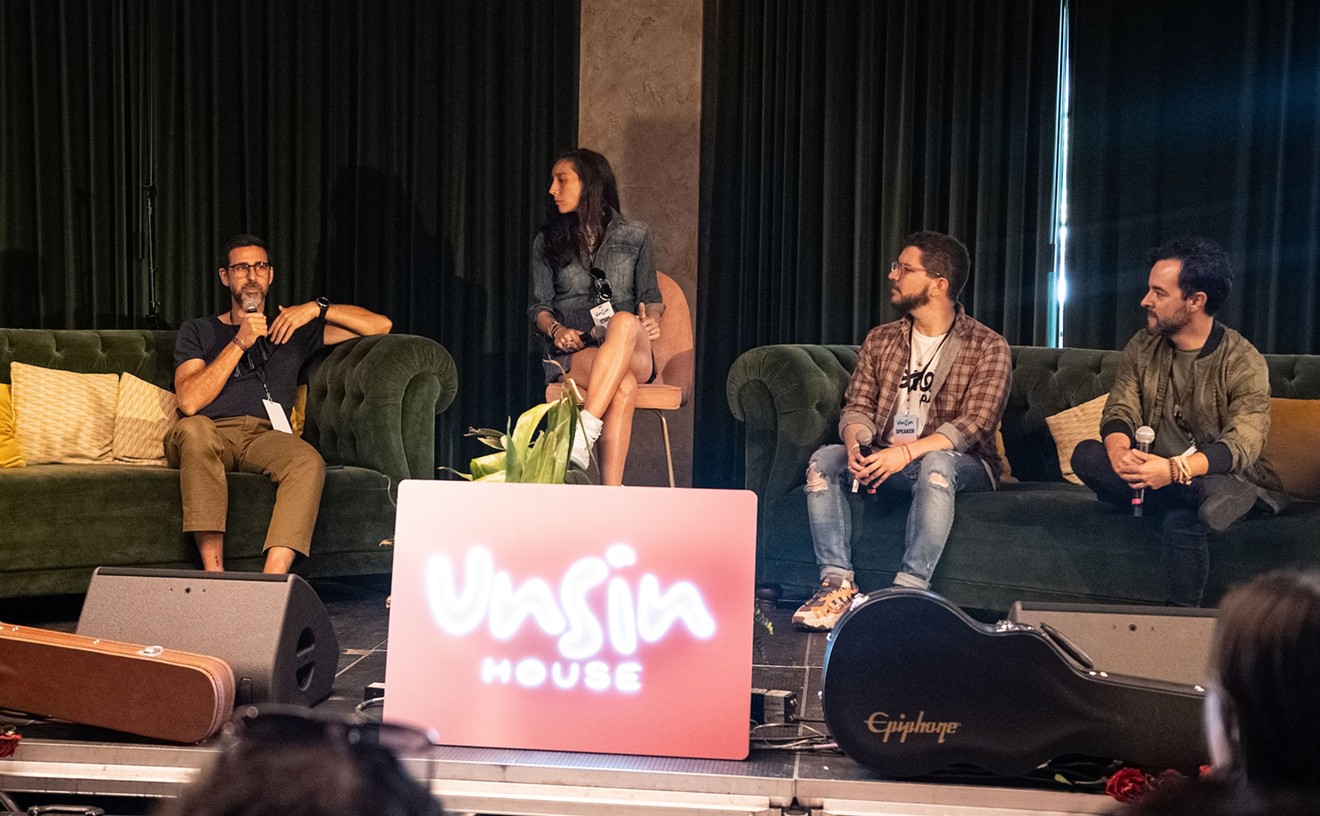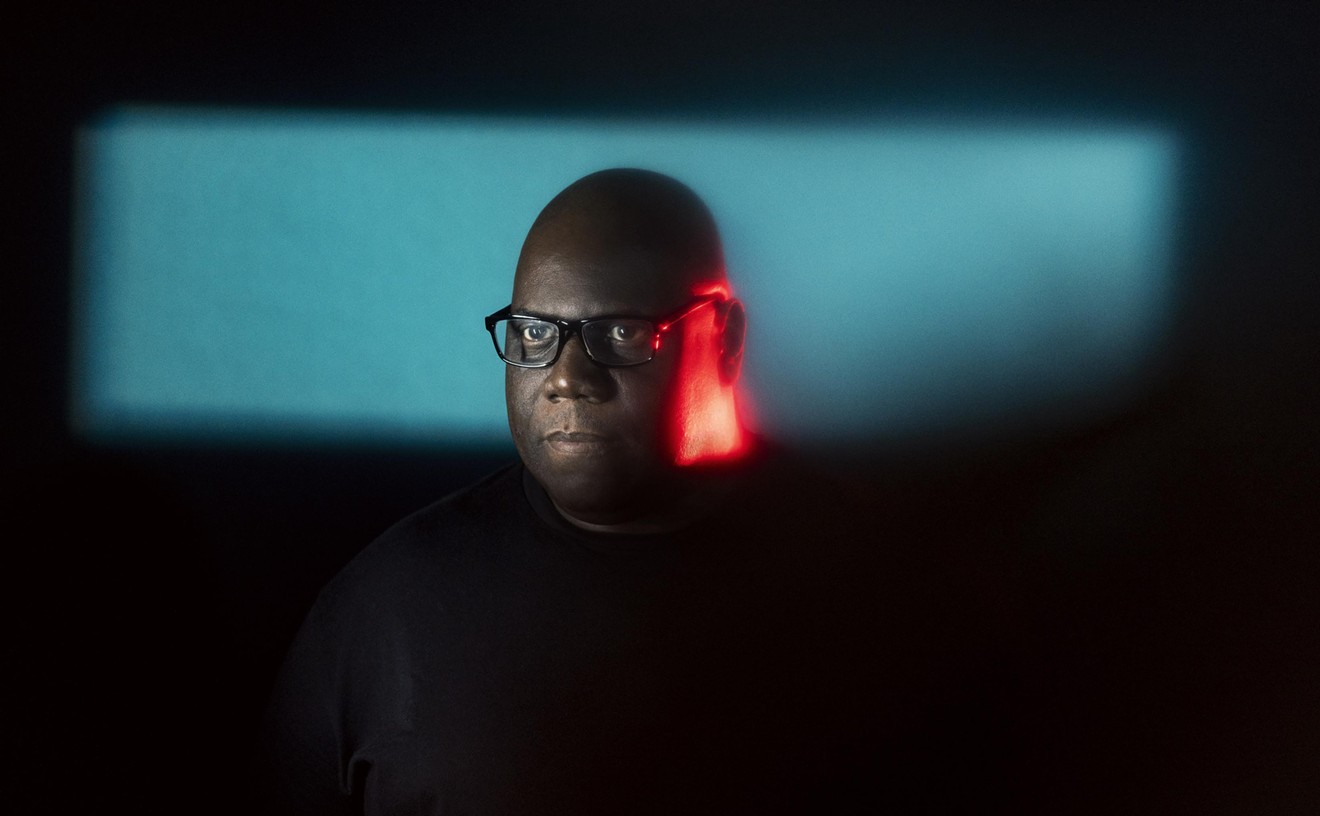It seems fitting for these two composers to be honored in historical tandem; both of their musical careers took flight during the grand heyday of American songsmithery known as Tin Pan Alley. Yet in ways too subtle and numerous to list, these consecutive tributes seem to underscore an unfortunate, but unsurprising discrepancy in our appreciation of the two composers. Although Duke's musical contribution is the more sprawling of the two, his work has not enjoyed the canonization that Gershwin's music has.
True, the number of Americans still alive who can hum a bit of "Rhapsody in Blue" are few, but how many people are even aware that Ellington wrote numerous concert-hall-length pieces like "Black, Brown, and Beige," one of his seminal works? How many composition departments in American music conservatories examine Ellington's vast oeuvre? And why is the jazz big band (once Ellington's compositional vehicle of choice) today only given the sidelong recognition of a novelty?
Quite simply, Ellington underappreciation is indicative of the larger condition of jazz in American society. The 100-year anniversary of Ellington's birth offers an exciting opportunity to re-educate America (the rest of the world caught on long ago) about the significance of one of the most prodigious and prolific composers of the Twentieth Century.
It would be difficult to exaggerate Ellington's influence on the music of the past 70 years. His popular compositions alone -- songs like "Satin Doll," "I'm Beginning to See the Light" and "Don't Get Around Much Anymore" -- are mountains in the vernacular landscape of the American song. Yet Ellington was much more than just a songwriter. He revolutionized the function of the big band in jazz, synthesizing blues, ragtime, and Tin Pan Alley, making it a vehicle for high art as well as dance. The Duke Ellington Orchestra was pivotal in bringing jazz out of the nightclubs and into the concert halls, opening the doorway to its crosscultural appreciation.
This was not always the most liberating experience, however. Duke and his band's first major gig was their residency at the legendary Cotton Club of Harlem in the late Twenties, where all-black acts would play for all-white audiences of movie stars, celebrities, and gangsters. Still Ellington thrived in spite of this demeaning arrangement. The music he wrote during that period (now known as his "jungle" music) was a savvy blend of danceable rhythms, show-biz-style glitz, and daringly different uses of the instruments in his ensemble. These songs were often impressionistic musical portraits of sounds familiar to the Ellington Band, like trains or the street noise of Harlem. With its quirky and rich soundscapes, the "jungle" music is the great-grandfather of contemporary exotica.
Something of a dandy, Ellington always lived up to his nickname with a certain signature elegance, and had a knack for charmingly eloquent yet unpretentious speech. But his style and grace were a manifestation both of the substance within the man, and his awareness that he was a representative of his people.
In the late Thirties, as Ellington found himself a star of rising prominence, he began to use his popularity to be something of a cultural emissary, both at home and abroad. In command of one of the most skilled group of musicians of his career, Ellington embarked upon "Black, Brown, and Beige," the first of what would be many epic big-band suites. Recorded in 1943, not only was it the first extended piece ever written for a jazz big band, it was perhaps the first attempt in contemporary music to deal explicitly with the American black experience. Featuring the renowned gospel vocalist of the day, Mahalia Jackson, it is a masterfully unique and moving piece of music.
Duke wrote many more extended works that dealt with African and African-American themes, such as 1956's "A Drum Is a Woman," which characterized the historical progression of African rhythms into Caribbean and American music, or the "My People" suite of 1963, a musical response to the civil rights movement. Yet he thought he had truly found his musical purpose in life when he began to write music with a very specific intent: as a messenger in the service of God.
In 1965, when asked to help celebrate the opening of a new Episcopal cathedral in San Francisco, Ellington began the first of the Sacred Music Concerts, calling it "an exceptional opportunity. Now I can say openly what I have been saying to myself on my knees." Believing that the resultant body of work was some of the most important music he'd ever written, the Duke continued to write more Sacred Music until he died in 1974. Written for big band, choir, and featuring vocalists and narrators, the sacred music is a rich synthesis of swing, devotional music, and compositional rigor, truly a culmination of his extraordinary life.
In the more than 50 years of his musical career, Ellington led a big band that toured and recorded 52 weeks annually, without vacations or even weekends off, playing over 20,000 concerts worldwide. A very good percentage of the photographs of Ellington show him in concert, sitting at a piano, or both, and for good reason. Even as he led his band on tireless world tours and in prolific recording sessions, Ellington was continuously composing new music. He is thought to have written anywhere between 2000 and 6000 songs, depending upon which music historian you talk to, and many of these were extended suites and immense compositional works. More often then not, his music was composed between gigs, in the wee hours of the morning, in a hotel room, or on the tour bus.
In the immortal final paragraph of his 1973 autobiography, Music Is My Mistress, Ellington concludes, "Lovers have come and gone, but only my mistress stays. She is beautiful and gentle. She waits on me hand and foot. She is a swinger. She has grace. To hear her speak, you can't believe your ears. She is 10,000 years old. She is as modern as tomorrow, a brand-new woman every day, and as endless as time mathematics. Living with her is a labyrinth of ramifications. I look forward to her every gesture. Music is my mistress, and she plays second fiddle to no one."
Never was there a man more consistently devoted to his lover than Ellington was to his proclaimed mistress. Duke Ellington knew how to keep his muse: with tenderness, conviction, and the utmost class.
The Duke Ellington Centennial Radio Project airs Tuesdays at 11:00 a.m. on WDNA-FM (88.9), and Wednesdays at 7:15 p.m. on WLRN-FM (91.3). Duke Ellington: A Centennial Birthday Celebration airs Mondays at 7:15 on WLRN. Additionally WLRN-TV (Channel 17) airs Great Performances: Swingin' with the Duke Thursday, May 20 at 8:00 p.m., Saturday, May 22, at 9:00 p.m., and Sunday, May 23, at noon.










